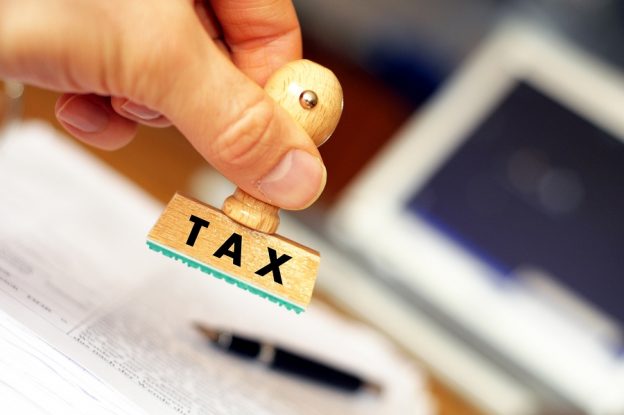
It’s always good to be up to date with what is happening when it comes to tax so you or your accountant can plan ahead. Here are five main alterations being made to the tax system that will affect self employed taxpayers. As knowledge is power, we’ve summarised them here for you so that you can minimise the impact on your business.
1.Self employed National Insurance Contributions rise
There are two possible rates for paying your National Insurance Contribution if you are self employed; the flat weekly Class 2 NICs and the annual % of earnings Class 4 NICs. The raise to these amounts that was announced in the Budget is coming into effect as of April 6th.
These are the new national insurance rates:
| Self employed earnings | NICs liability 2019-20 tax year |
| Under £6,365 | No NICs |
| £6,366 – £8,362 | Class 2: £3 weekly, £156 for the year |
| £8,632 – £50,000 | Class 4: 9% + £3 per week |
| Over £50,000 | 2% + £3 per week |
The rise is in the £3 weekly charge, which has gone up by 5p from the last tax year. It is also in the threshold for the 9% rate. In 2018-19, Class 4 NICs rate was £8,424-£46,350. Now it has gone up to £50,000, you are paying that 9% on more of your income.
2. 2019/2020 tax free Personal Allowance increase
The amount of tax free income you can earn affects all taxpayers. In 2019-20, the Personal Allowance amount for the whole of the UK goes up from £11,850 to £12,500. That’s an increase of 5.5%.
HMRC estimate that one million taxpayers will be saved from the 40% higher rate of income tax liability, as the threshold for that tax bracket is raised from £46,350 to £50,000.
If your net profits are over £100,000 per year, you will lose £1 of Personal Allowance for every £2 over £100,000 you earn. If you hit £124,000, you will be taxed on the total amount of your net profit as the Personal Allowance will effectively be cancelled out.
3.Capital gains tax tax free allowance
The Capital Gains Tax free allowance is also getting higher at the start of the 2019 financial year. It is going up from £11,700 to £12,000. So, if you are in the business of buying and selling shares, property and/or assets, you will be able to make a profit of £12,000 before you need to pay Capital Gains Tax.
For those making over the Capital Gains tax free allowance, the rates of Capital Gains Tax are:
- Shares and Assets: 10% for Basic Rate taxpayers, 20% for Higher Rate Taxpayers
- Property: 18% for Basic Rate Taxpayers, 28% for Higher Rate Taxpayers
4.Entrepreneurs’ Relief
Entrepreneurs’ Relief is basically a capital gains tax cut for business owners if you sell shares in your company, or sell a proportion or all of your business. It is worth 10% on the first £10million of your ‘gains’, which is a maximum saving of £1million at half the usual rate.
The change that starts in April means that you must wait at least two years before selling your business or shares in your company in order to qualify for Entrepreneurs’ Relief. It was previously only one year.
5.Making tax digital
If your turnover is £85,000 or more, you must use the new Making Tax Digital scheme to report your VAT tax returns from April 1st 2019. It is estimated that this involves 1.2 million different businesses. You must use only the HMRC approved software, which is a considerable extra cost particularly for SMEs. Any new type of administration also costs you in the time it takes to figure out its implementation.
There are all kinds of headlines about how the IT may not be able to cope and that HMRC are not ready to carry out this deadline. Arrangements for leaving the EU are taking up as much of HMRC’s time as they are all other government departments and there are no extra staff procured to balance this out.
Regardless of this, you need to make sure that you are meeting your liability in full. Initially HMRC were also planning to use the same system to administer income tax payments form 2020, but this deadline has been delayed to an undefined date.
Your business may only be affected by a couple of these changes, but it’s good to know the full picture. As you are taking your business plan forward, it’s worth knowing how much HMRC’s decisions will be involved in what you want to do.







